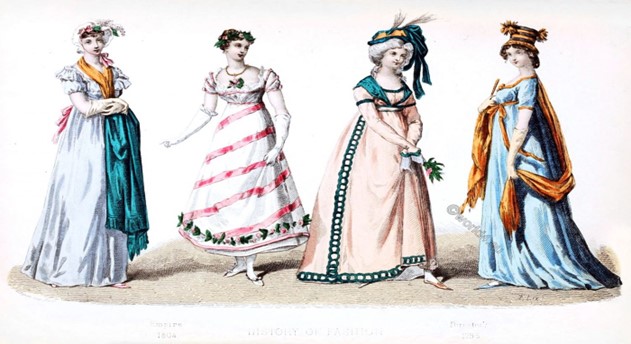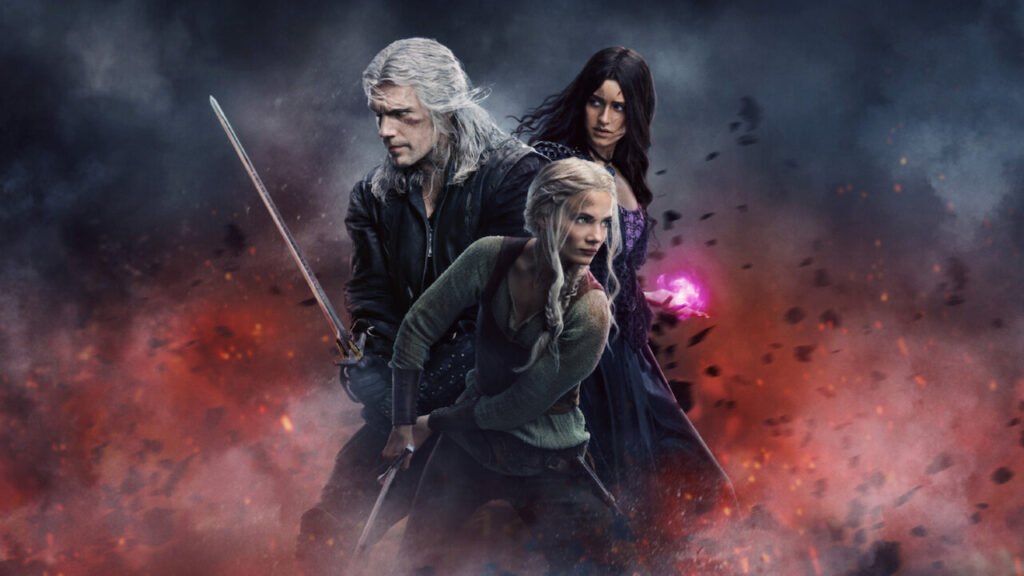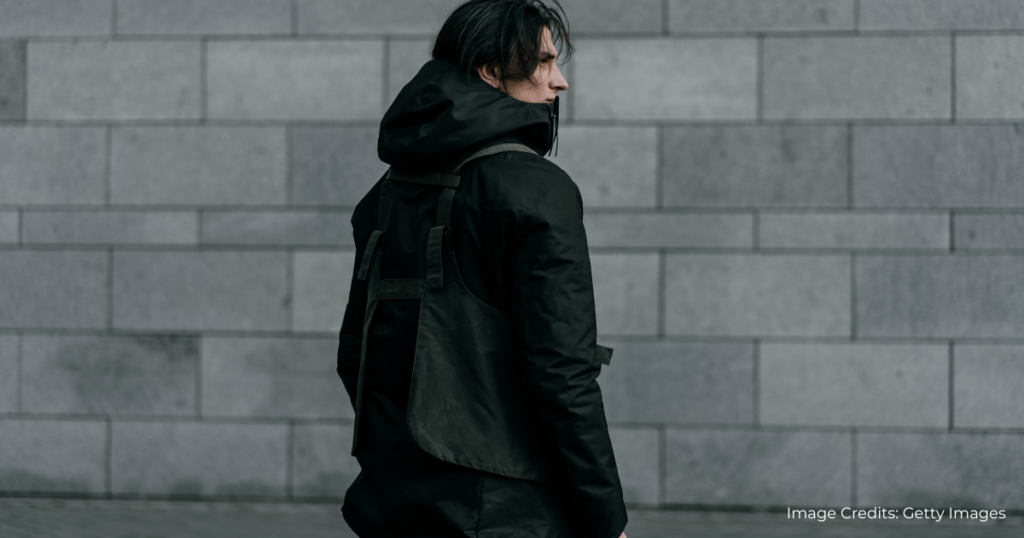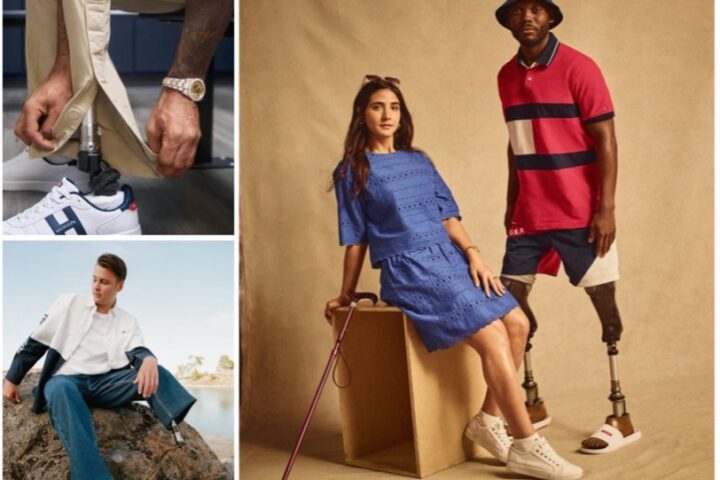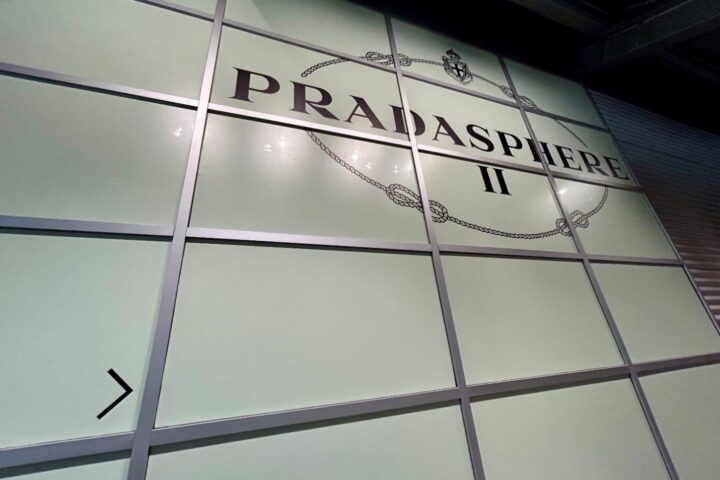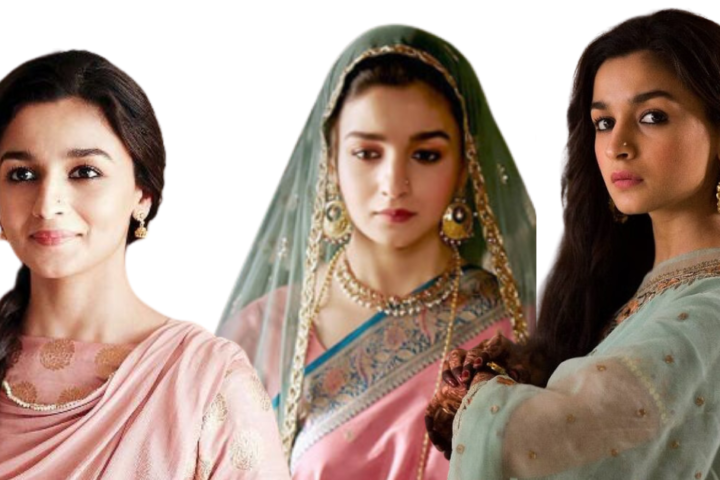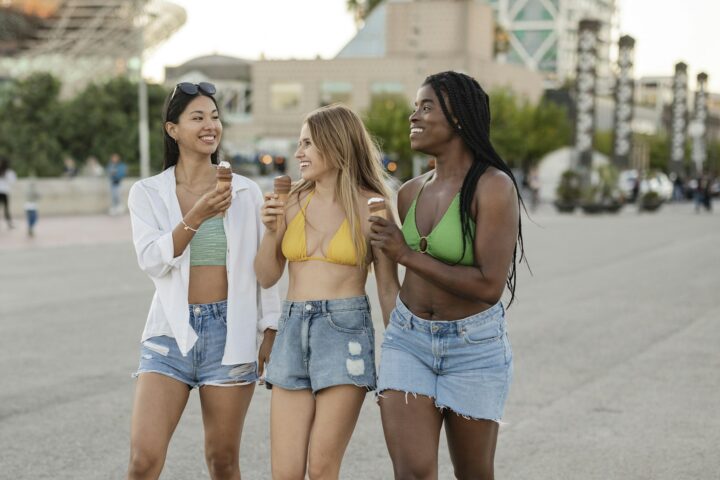“The fusion of military elements with fashion represents a celebration of bravery, honor, and the enduring legacy of those who have worn uniforms in service of their countries.”
What exactly is military fashion?
Military-inspired attire and accessories are more than simply a fad. It has evolved over time to become a statement, particularly for males of all ages. Where it all began were the well-structured, bulky coats, the combat trousers with a manly attitude and those subdued caps worn during World War II. Modern military attire combines, or, as we may say, fuses, practical uniforms with contemporary utilitarian and fashionable apparel.
Everything a soldier wears on the battlefield—from combat boots to camouflage jackets—serves a function. The fashion industry took to this utilitarian quotient well, and creative ideas that were developed quickly became huge hits. The camouflage pattern, which is almost exclusively utilized by troops worldwide, has evolved into a trendy art form that gives any clothing depth and toughens the wearer’s appearance. Nobody can love or dislike it because it is a pattern and style.
Military garb has influenced the fashion industry significantly throughout history. Numerous fashion revolutions and fashions have been consistently inspired and affected by their distinctive designs, practical components, and potent symbolism. Military garb has had an enduring impression on the runway and the streets, from the Napoleonic era to modern fashion, demonstrating their control over the world of style and aesthetics. This article delves into several historical eras and fashion movements that highlight this special link to examine the long history and continuing influence of military uniforms on fashion.
Napoleonic Era (Late 18th to early 19th century)
The rise of Napoleon Bonaparte and his military victories during the Napoleonic era signaled a turning point in the relationship between military garb and fashion. With their complex decorations, costly embellishments, and sculpted silhouettes, Napoleon’s campaigns highlighted the grandeur and opulence of military clothing. The uniforms of the French Empire, with their braided accents, gold buttons, and epaulettes, captured the attention of the general populace. These military-inspired details were quickly integrated into civilian clothes, enabling people to mimic the air of authority and strength associated with the military.
Victorian Era (Mid to late 19th century)
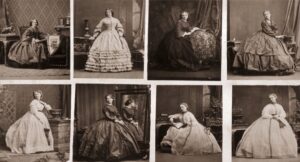
The military’s impact on fashion persisted during the Victorian era. The renowned red coats worn by the British soldiers, sometimes known as “redcoats,” were a major source of inspiration during this time. Women’s outerwear started to take on the vivid red hue of the military uniforms, and trendy red coats started to gain popularity. Additionally, the precise tailoring and elaborate accents of military uniforms had a significant impact on women’s fashion, leading to items like brass buttons, shoulder straps, and braided embellishments being used in dresses, jackets, and coats.
World War I (1914-1918)

The start of World War I brought about a tremendous change in culture and dress. As women began to assume roles that were formerly reserved for men, military uniforms came to represent both patriotism and women’s empowerment. Along with this change, women’s fashion started to incorporate aspects of military inspiration. Women’s skirts and coats reflected a sense of strength and pragmatism with shoulder straps, brass buttons, and belted accents evoking military uniforms. Military uniforms’ practical qualities also impacted the design of more wearable apparel for women, most notably the classic trench coat, which became a mainstay of female wardrobes.
World War II (1939-1945)
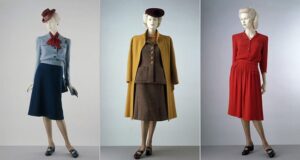
Another wave of clothing with a military theme emerged after World War II. Women had to dress in a way that reflected their greater responsibilities as they took on more active positions in the workforce. Women’s clothing at this time was influenced by military uniforms, especially those worn by female military personnel. Because of their convenience and functionality, jumpsuits and pants became common choices. Women’s clothing started to adopt military-style features like shoulder pads, zippers, and utility pockets to become more androgynous and practical.
Punk and Military Style (Late 1970s-1980s)
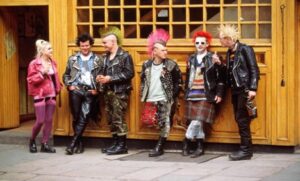
The punk movement, which adopted military themes as a means of resistance against the establishment in the late 1970s and early 1980s, came to be. Camouflage prints, combat boots, and other military-inspired accessories were all part of the punk fashion era. These stylistic decisions were accepted as markers of counter-cultural expression since they signified a purposeful rejection of mainstream standards. Punk fashion’s incorporation of military aesthetics strengthened the impact of military garb on rebellious and alternative fashions.
Contemporary Fashion
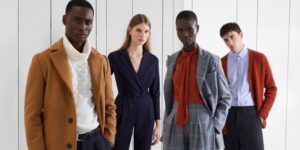
Military influences are very powerful in the fashion business today. Military uniforms serve as a common source of inspiration for designers, who commonly use details like epaulettes, brass buttons, and rigid silhouettes in their designs. Previously reserved for the military alone, camouflage prints are now a common motif in street wear and casual attire. This continuous use of military-inspired accents in modern clothing emphasis the uniforms’ enduring influence and allure.
Everyone has some military clothing in their closet because it is one type of clothing that is popular right now. People feel proud to wear the design in public, whether it’s on a jacket, a t-shirt, a backpack, or a straightforward cap. Military-inspired clothing has always been fashionable. It appears that anything someone wears has a distinct touch thanks to the military influence. It merely expresses attitude.
The military look extends beyond apparel. Distinguished clothing such as military berets, camouflaged hats and caps, high-laced leather boots, and more are worn in addition to this. It is clear that the military has a significant influence on fashion all across the world. Military clothing will always be in style. You can live a life of timeless style and mystery by being yourself, adding a touch of military grace, and dressing accordingly. It merits a polite salute.
CONCLUSION
Finally, it should be noted that military garb has a significant and undeniable impact on fashion. Military garb has been a source of symbolism, invention, and inspiration throughout history, influencing fashion trends in many eras. Military garb has had a lasting impact on the runway, the streets, and the culture of fashion from the time of Napoleon to the present. The opulence and grandeur of military uniforms captured the public’s attention during the Napoleonic era, ushering in design styles with a military theme. People might project a sense of power and authority by wearing the ornate embellishments, braided accents, gold buttons, and epaulettes that were common in military clothes. The distinctive red coats of the British army served as inspiration for attractive red outerwear for ladies during the Victorian era, continuing the military’s influence on design. The silhouette and decorations of women’s dresses, jackets, and coats were greatly influenced by the stiff tailoring, elaborate embellishments, and brass buttons of military uniforms, giving them a feeling of regality.
Women’s duties changed dramatically during World War I, and as a result, military-inspired aspects were incorporated into women’s design. Women’s clothing began to incorporate belted elements, shoulder straps, and brass buttons as an attempt to represent practicality and strength. Military attire’s practicality and versatility also opened the way for useful women’s clothes, such the enduring trench coat. Punk culture further cemented the military uniform’s effect on fashion in the late 1970s and early 1980s. As a sign of resistance to the status quo, punk fashion adopted military aesthetics. As symbols of anti-establishment and counter-cultural expression, camouflage prints, combat boots, and other military surplus products came to define the punk look.
The military continues to have a strong influence on fashion today. Military uniforms serve as a common source of inspiration for designers, who commonly use details like epaulettes, brass buttons, and rigid silhouettes in their designs. The ongoing influence of military clothing is demonstrated by the prevalence of camouflage prints in street wear and casual apparel. Beyond mere trends, military uniforms have a significant cultural and historical impact on fashion. Military garb’s practicality, symbolism, and aesthetic appeal continue to enthrall both fashion designers and customers. People can express a sense of strength, authority, and pragmatism while also showing respect to the bravery and sacrifice of military people by incorporating military-inspired aspects into their everyday attire.
Military uniforms retain a special place in a society where fashion serves as a medium for cultural reflection and self-expression. Their impact is evidence of how clothing continues to shape and transmit identity, stories, and values. Military-inspired fashion trends are ageless since they are influenced by military uniforms, which serve as a reminder of how history, culture, and style are intertwined.
Author: Srishti Jain


